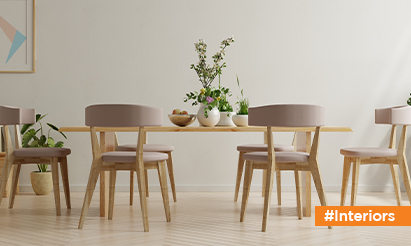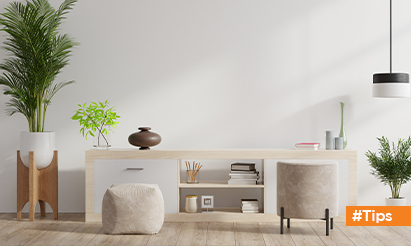Installing AC in the Kitchen: Essential Do’s and Don’ts!
Introduction: The kitchen is often considered the heart of a home, and in many households, it’s a space that experiences high temperatures and humidity due to cooking activities. Installing an air conditioning (AC) unit in the kitchen can significantly improve comfort and create a pleasant cooking environment. However, there are important considerations to keep in mind to ensure the safe and efficient installation of an AC unit in this unique space. In this blog, we will explore the crucial do’s and don’ts of installing AC in the kitchen.
Do’s:
- Assess ventilation requirements: Before installing an AC unit, evaluate the kitchen’s ventilation system. Proper ventilation is crucial to remove odors, smoke, and excess moisture generated during cooking. Ensure that the kitchen has an efficient exhaust fan or range hood in place to work alongside the AC system.
- Consult with a professional: Seek guidance from a qualified HVAC professional or technician experienced in kitchen AC installations. They can assess the specific requirements of your kitchen, recommend suitable AC units, and ensure proper installation to meet safety and performance standards.
- Choose an appropriate AC unit: Select an AC unit that suits the kitchen’s size, cooling requirements, and energy efficiency needs. Consider a ductless mini-split system, as it provides targeted cooling, reduces the risk of cooking odors spreading to other parts of the house, and is relatively easy to install.
- Position the AC unit strategically: Opt for a location that allows for efficient air circulation within the kitchen while avoiding obstacles that may block airflow. Installing the AC unit away from the cooking area helps minimize the accumulation of grease and cooking fumes on the unit’s components.
Don’ts:
- Neglect electrical safety: Never compromise on electrical safety when installing an AC unit. Kitchen environments can be prone to moisture and heat, which can pose a risk of electrical hazards. Ensure that the AC unit is properly grounded and that all electrical connections comply with local building codes and safety standards.
- Block access to essential kitchen features: Avoid placing the AC unit in a location that obstructs access to cabinets, countertops, or other vital kitchen elements. Proper placement ensures the AC unit doesn’t hinder the functionality and convenience of the kitchen.
- Ignore maintenance and cleaning: Regular maintenance and cleaning are crucial for the optimal performance and longevity of an AC unit in the kitchen. Neglecting these tasks can lead to decreased efficiency, unpleasant odors, and potential health risks. Follow the manufacturer’s guidelines and schedule routine maintenance to keep the AC unit running smoothly.
- Overlook the importance of insulation: Insulation plays a vital role in maintaining energy efficiency and preventing the escape of cooled air. Ensure that kitchen walls, windows, and doors are adequately insulated to minimize energy waste and maximize the AC unit’s effectiveness.
Conclusion: Installing an AC unit in the kitchen can transform the cooking experience by providing a cool and comfortable environment. By following the essential do’s and don’ts discussed in this blog, you can ensure a safe and efficient installation. Prioritize proper ventilation, consult professionals, select the right AC unit, position it strategically, and prioritize electrical safety. Avoid blocking essential kitchen features, neglecting maintenance and cleaning, and overlooking insulation. By adhering to these guidelines, you can enjoy a well-functioning AC system that enhances your kitchen’s atmosphere while keeping you cool during culinary endeavors.
Disclaimer: The views expressed above are for informational purposes only based on industry reports and related news stories. PropertyPistol does not guarantee the accuracy, completeness, or reliability of the information and shall not be held responsible for any action taken based on the published information.




